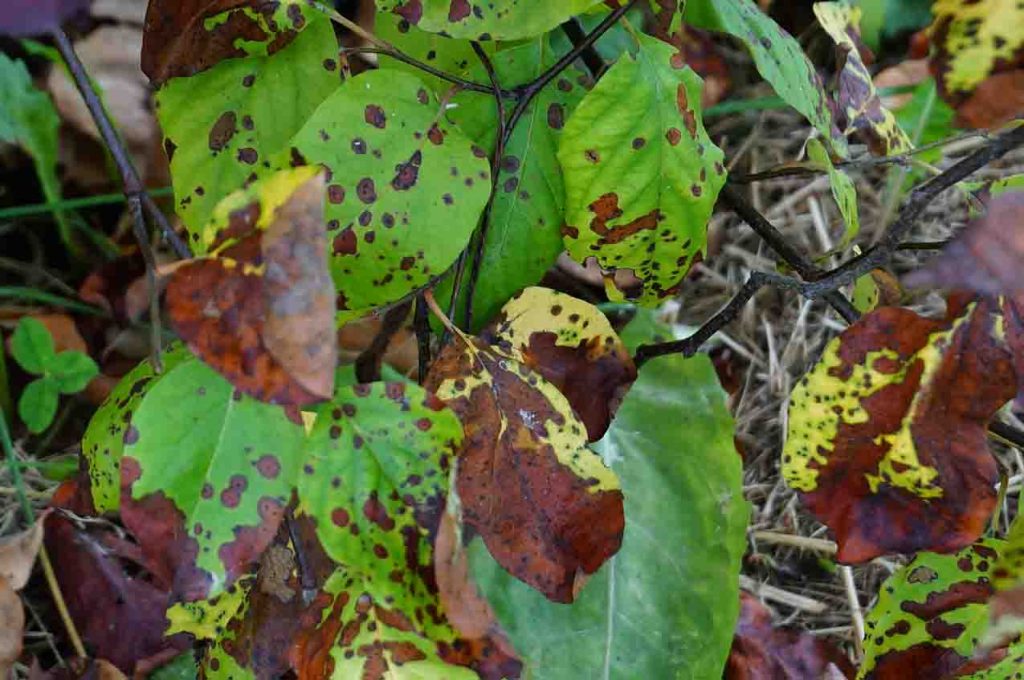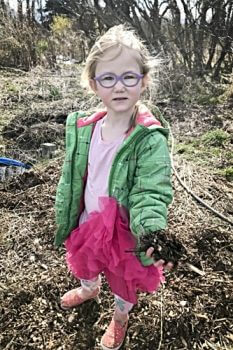A reader from Texas posed some very good questions relative to my recent post on the importance of building the soil and, in particular, the essential role fungi play in the process. (Read: To Convert an Orchard to a Food Forest, Start with the Soil)
Specifically – How do you differentiate between the good guys and the bad guys?
She asks, “Don’t we always seem to be spraying trees against fungus?” “What about all the mildew, fire blight, early blight, and other diseases that can take down tomatoes, squashes, and cucumbers seemingly overnight?”
Where do you start?
How do you help one without helping the other? Or the converse, destroy one without harming the other?
Can you introduce good fungi? And can good fungi fight off the bad ones?
My response started to get a bit lengthy, and I decided it would be better as its own blogpost. Maybe some of the other readers out there can shed some light on this as well.

Because I couldn’t agree more on how confusing some of this is!
